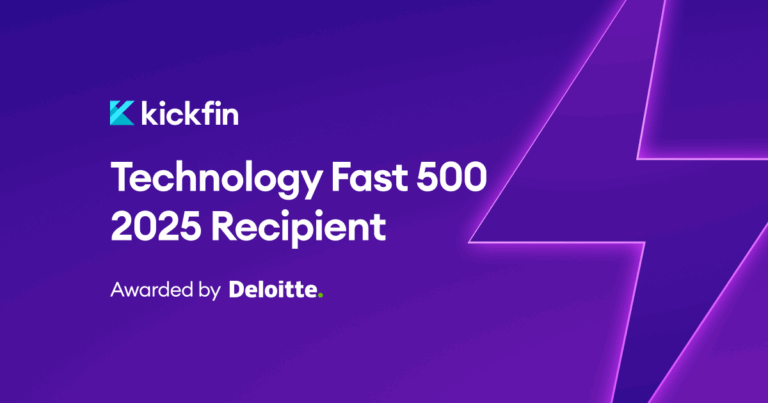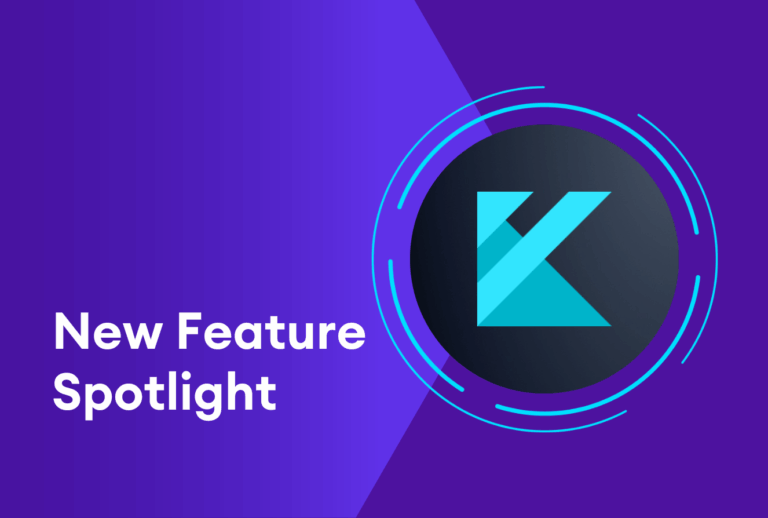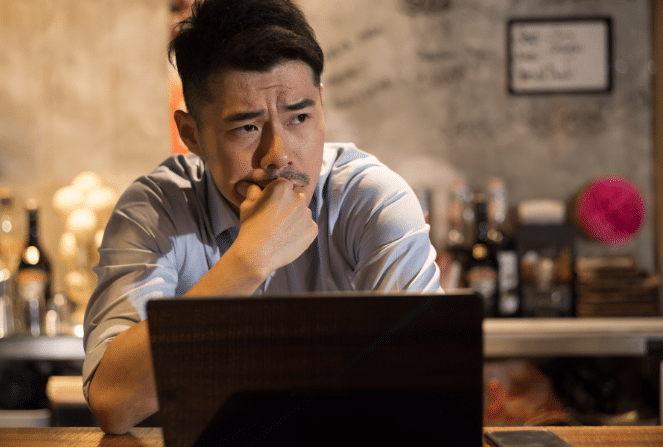The demand for cashless tipping has reached an all-time high. And for good reason: When was the last time you paid for something in cash?
Or perhaps a better question: When was the last time a valet assistant pulled your car around, and you experienced that all-too-familiar moment of panic when you realized you had zero cash for a tip?
According to the Federal Reserve’s 2021 report, cash accounted for only 19 percent of all transactions in 2020, down seven percentage points from 2019 — and we expect that decline to continue. By and large, consumers now pay for purchases with their debit cards, credit cards or using digital options like ApplePay or PayPal.
To further complicate the cash tip conundrum: When people do carry cash, they often are not carrying small bills used for tips, since most bank ATMs generate $20 bills as a minimum.
There are certainly perks to this cashless trend. And for many restaurant workers, it’s a non-issue because guests can easily leave credit card or digital tips when they pay their bill. But for workers who have always relied on cash tips as a significant portion of their take-home pay — like valet parking assistants, bellhops, hotel maids, airport skycaps — it’s a big problem.
But it’s one that can be solved, thanks to cashless tipping technology. Long story short: cashless tipping gives your customers an opportunity to show their appreciation for your employees, no cash required. Here’s everything you need to know about cashless tipping…
What is cashless tipping?
Cashless tipping, sometimes known as digital tipping, delivers tips from one party to another online via:
- tip acceptance software: allows a diner or guest to tip a service provider digitally/without cash
- tip distribution software:allows an employer to digitally/instantly pay out tips to an employee at the end of a shift.
Why is it important to offer cashless tipping options?
Cashless tipping options ensure that tipped employees can continue to maximize their tip earnings and access them in a timely manner. They can also make it easier for employees to accurately track and report on their tip earnings for tax purposes (which, in turn, ensures they can qualify for unemployment, loans, mortgages, credit cards, etc.).
On the employer side, introducing cashless tipping into your operations gives you a more seamless way to facilitate tipping across your team, building more transparency, trust, and employee loyalty. Cashless tipping also allows you to track tips more carefully, both for reporting to the IRS and so you can better understand employee performance.
What are the benefits of cashless tipping for restaurants?
Most U.S. restaurants already accept cashless tips via credit cards or at your point-of-sale system (POS). That means consumers can easily tip, even if they’re not carrying cash.
But paying out those cashless tips at the end of a shift becomes a problem. As a result, cashless tip distribution software has become a must-have tool for restaurants, especially those where the majority of tips are paid by consumers on credit cards, debit cards, or your POS.
Cashless tip distribution software, A.K.A. digital or automated tip distribution software, delivers a number of benefits to both employers and employees:
Time and cost savings
Bottom line: employees want instant access to their tips. But when tips aren’t left in cash? Restaurant managers are left scrambling at the end of the night, often making bank runs, counting out cash, and creating a whole lot of opportunity for theft and human error.
Sometimes, restaurants will end up putting tips on payroll, but that’s not a great solution for workers who want and need immediate access to their earnings. By digitizing tip payouts, restaurants can streamline the payment process. That eliminates bank runs and tedious cash counting (saving managers hours every week), while also reducing the opportunity for skimming and rounding up to the nearest dollar, shift after shift (after shift).
More effective recruiting
OK, one more time for the people in the back: employees want instant access to their tips. So when restaurants can offer real-time, digital tip payouts, that becomes a great recruiting tool. It keeps hospitality employers competitive with other gig-economy jobs that offer instant, daily pay — and more importantly, it shows you care about the financial wellbeing of your workforce.
Employee retention
Turnover costs restaurants more than $1,800 for general employees, and up to $8,000 per manager. It’s more important than ever to give your employees reasons to stay with your restaurant over the next one down the street.
You can offer all the fun employee perks in the world, but if you aren’t ensuring that your employees are getting instant access to their earnings, and maximizing their earning potential, then those short-term gimmicks (think: hiring bonuses) will only go so far, and your employees will be bouncing from one job to the next. Cashless tip distribution is a sustainable, cost-effective way to reduce employee turnover.
Compliance with labor and tipping laws
Hospitality employers must pay at least the federal minimum wage, which comes to $7.25. Under the Fair Labor Standards Act (FLSA), however, restaurants are eligible for a tip credit, which allows them to drop that number to as low as $2.13 an hour (depending on the state in which your business operates), relying on tips to make up the difference. This puts the onus on the employer to ensure ensure their employees are receiving enough tips to get them to minimum wage. Digitizing tip-outs makes it easy to easy to track and report tips — giving you, your employees, and your accounting team 100% visibility.
Also worth noting: Tip pooling laws are complicated and can vary greatly from one state to the next. Cashless tip distribution software helps restaurants maintain compliance, ensuring your employees are being treated fairly and keeping your restaurant out of legal hot water.
What are the benefits of cashless tipping in hotels and airports?
Hotel and airport employees have been among the hardest-hit tipped workers when it comes to this movement toward a cashless society.
Think about it: there’s no immediate bill attached to many of these services, and no POS interaction — like when a valet assistant parks your car, a bellhop delivers bags to your room, a hotel maid makes your bed, a skycap handles your luggage, etc.
Sure, some folks might sprint to the ATM — but for the most part, if consumers don’t have cash on the spot, their service providers will lose out on a tip.
That’s why hotels, airports, and other service industry employers are enabling the acceptance of cashless tips. Two key benefits of cashless tipping for hotels and airports:
- A more seamless experience for consumers. The option to tip digitally allows hotel guests and travelers to easily tip when they want to, where they want to.
- Increased employee earnings. Cashless tip acceptance boosts your employees’ take-home pay — so they don’t have to suffer just because no one is carrying cash these days.
- Stronger employee performance. With the option to tip digitally, consumers aren’t limited by how much cash they have in their pockets. That means employees have the opportunity to earn larger tips, incentivizing them to provide top-notch service.
- Improved recruiting and retention. When your employees are fairly compensated — and have higher earning potential — it gives them a reason to stay with their current employer versus jumping around. Plus: they tend to be happier and feel respected by their employer, making for a stronger workplace culture.
What are the downsides of cashless tipping?
As mentioned above — one of the biggest hiccups that comes with the switch to cashless tipping is the tip payout process. When employers enable cashless tip acceptance, that means there’s essentially no cash on hand to pay out tips at the end of a shift.
Yes, cashless tipping is great for all of the reasons outlined above. But at the end of the day (literally), hospitality workers want instant access to their earnings. And you can’t put digital, cashless tips in your pocket.
Some employers might put tips on payroll (making their people wait days or weeks for their earnings). Or they’ll consider pay cards — which unfortunately charge hidden fees or service charges that further reduce available tips for your staff.
That’s why it’s critical that employers who enable cashless tipping also take take advantage of real-time digital tip payout software.
According to a recent PYMNTS.com survey, 83% of workers want access to earnings after every shift, and 80% prefer those funds get automatically streamed to their bank accounts. Instant, cashless tip payouts gives employers the ability to meet those demands.
Implementing cashless tip payout software
Kickfin is the largest enabler of real-time, cashless tip payouts. It can be used as a standalone software, or it can integrate with the rest of your hospitality tech stack — POS system, payroll software, etc.
Employers can get Kickfin up and running in one day. Once your restaurant or hotel signs up:
- Employees create an account and connect it to their existing bank account.
- Managers input the total tips at the end of a shift and automatically distribute them.
- Funds appear in employee bank accounts immediately and are ready to use.
Kickfin makes tip distribution safe, seamless (and trackable!), whether you’re enabling tipping through your mobile app, your POS, or both.
Learn more about how Kickfin can help your restaurant, bar or hotel business — schedule a demo today!






